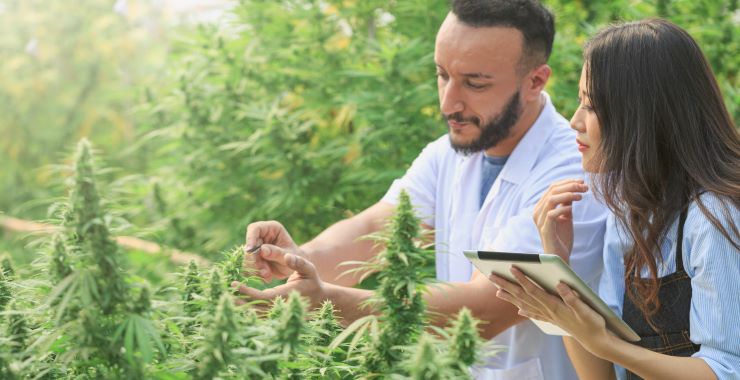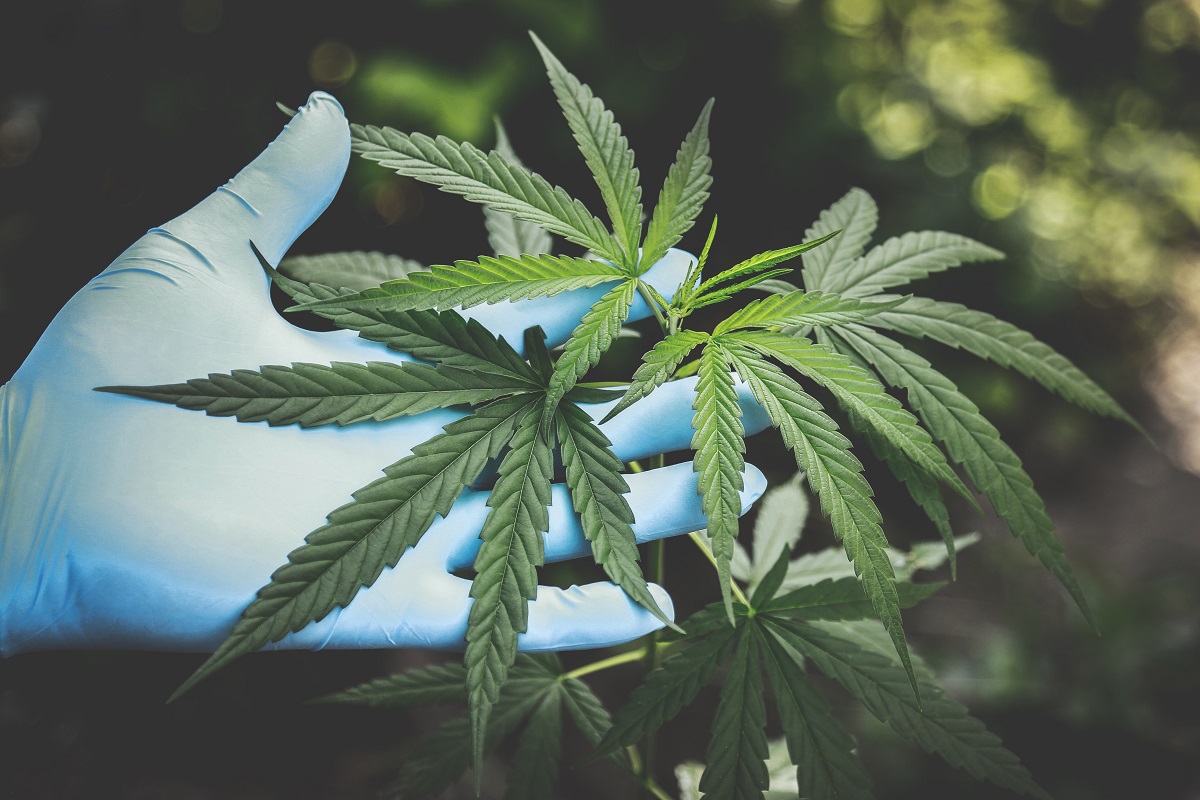The gap between someone trying cannabis for the first time and someone with years of experience isn’t just about tolerance or consumption habits. It’s about accumulated knowledge that develops gradually through trial, error, research, and conversation. New users operate on basic information – maybe strain names, rough THC percentages, and general consumption methods. Experienced users understand terpene profiles, recognize quality indicators, predict effects based on cannabinoid combinations, and navigate products with confidence that comes from hundreds of individual experiences. This knowledge doesn’t arrive all at once through a tutorial. It builds piece by piece as questions arise, problems need solving, and curiosity drives exploration.
Understanding how this learning process typically unfolds helps newer users accelerate their own knowledge development while showing experienced users how far they’ve actually come. The journey from beginner to knowledgeable consumer follows recognizable patterns even though individual paths vary.
Most people start with simple questions. What’s the difference between indica and sativa? How much should be consumed? What methods exist for consumption? These foundational concepts provide enough information to make initial purchases and try cannabis without completely fumbling.
This early knowledge tends to be oversimplified. The indica/sativa distinction, while useful as a starting framework, doesn’t capture the complexity of cannabis effects. THC percentage gets treated as the primary quality indicator when it’s just one factor among many. Consumption methods get categorized by rough stereotypes rather than understood in detail.
But this simplified knowledge serves its purpose. It gets people started without overwhelming them with nuance they can’t yet apply. The refinements come later as experience reveals the limitations of these basic concepts.
Learning Through Direct Experience
The real education starts with actually using cannabis. Each experience provides data points. This strain made me energetic. That one put me to sleep. This consumption method hit fast and hard. That one came on slowly. These observations, accumulated over time, build a personal database of what works and what doesn’t.
Early on, patterns aren’t clear. Individual experiences seem random or inconsistent. But as the number of experiences grows, patterns emerge. Certain terpene profiles consistently produce similar effects. Specific consumption methods suit certain situations better than others. Products from particular sources deliver more reliable quality.
This experiential learning can’t be rushed. Reading about cannabis provides information, but understanding comes from direct experience with how different products actually feel and perform. The person who’s tried twenty strains understands cannabis differently than someone who’s read about fifty strains but only tried three.
The Questions That Drive Deeper Research
As consumption continues, more specific questions arise. Why did this strain feel different than that one despite similar THC levels? What causes the “couch lock” effect? How does tolerance actually develop? These questions push users beyond surface-level knowledge into more detailed understanding.
This is where people start researching terpenes, cannabinoid interactions, consumption science, and cultivation quality factors. The research is driven by practical needs rather than academic interest. Understanding terpenes matters because it explains why some products consistently work better than others. Learning about proper storage matters because expensive purchases are degrading before they get used.
Online resources play a role here, though quality varies enormously. Experienced users learn to distinguish credible information from marketing hype or stoner mythology. Forums, reviews, and community knowledge supplement but don’t replace personal experimentation. Sites like https://www.bulkcannabis.cc that provide detailed product information help inform these learning phases, though nothing replaces hands-on experience with the products themselves.
Recognizing Quality Indicators
With experience comes the ability to evaluate cannabis quality before consuming it. Visual inspection reveals more to trained eyes. Trichome density, color vibrancy, proper curing, absence of seeds or stems – these indicators of quality become obvious with enough exposure to both good and poor products.
Aroma tells experienced users volumes about terpene profiles and freshness. The artificial smell of poorly stored product. The muted scent of old cannabis. The rich, complex aromas of properly cured, fresh flower. These distinctions are meaningless to beginners but obvious to experienced consumers.
Product descriptions and lab results communicate more information to knowledgeable users. Terpene percentages predict effects. Growing methods affect quality in specific ways. Testing for contaminants matters more for some product types than others. This information literacy develops over time as users learn what details actually matter versus what’s just marketing.
Understanding Personal Response Patterns
One of the most valuable pieces of knowledge experienced users develop is understanding their own unique responses. Cannabis affects people differently based on body chemistry, tolerance, mindset, and setting. What works perfectly for one person might not suit another at all.
Experienced users know their patterns. Morning versus evening consumption needs. How different strains affect their energy and focus. Which products help with specific issues like sleep or anxiety. What consumption methods and doses work for various situations. This personalized knowledge can’t be transferred – it has to be discovered individually.
This also includes knowing limitations and warning signs. What dosage crosses from pleasant to uncomfortable. How tolerance affects experience. When to take breaks. What situations don’t mix well with cannabis use. These boundaries come from experience, often including some unpleasant lessons about exceeding them.
Building Practical Skills
Knowledge extends beyond just information into practical skills. Experienced users develop techniques that improve their cannabis experience. Proper storage methods that maintain freshness. Efficient consumption techniques that reduce waste. Preparing products for optimal results. These skills develop through practice and attention to outcomes.
Troubleshooting becomes automatic. Product seems harsh? Probably too dry or improperly cured. Effects feel muted? Could be old, could be tolerance, could be product quality. Expected effects don’t materialize? Wrong terpene profile for the intended result. This diagnostic thinking comes from seeing these patterns repeatedly.
Learning to Navigate the Market
Understanding cannabis products is one thing. Understanding cannabis markets is another. Experienced users develop marketplace knowledge that helps them find quality products at fair prices while avoiding overpriced hype or dangerously cheap products.
This includes knowing when prices seem too good to be true. Recognizing which product claims are realistic versus which are exaggerated. Understanding seasonal price fluctuations. Identifying trustworthy sources versus questionable ones. Reading between the lines in product descriptions and marketing.
Market literacy also means knowing where to look for information. Which review sources provide honest feedback. What communities offer helpful discussion versus what spaces just echo marketing. Where to find deals versus where to find quality. This navigation skill saves money and reduces disappointment.
The Ongoing Nature of Learning
Even longtime users continue learning as products, understanding, and personal needs evolve. New extraction methods produce different product types. Research reveals effects of previously unknown compounds. Personal situations change consumption needs and patterns.
The difference is that experienced users have frameworks for integrating new information. They can place new products in context of what they already know. Novel information connects to existing understanding rather than existing in isolation. The learning continues but builds on solid foundations rather than starting from scratch.
This accumulated knowledge also includes knowing what’s still unknown. Experienced users recognize the limits of current understanding about cannabis. They’re comfortable with uncertainty where beginners often want definitive answers that don’t exist yet.
Sharing Knowledge While Respecting Individual Experience
One challenge for experienced users is sharing knowledge with beginners in useful ways. Too much detail overwhelms. Too much simplification misleads. The sweet spot is providing frameworks that help organize learning while encouraging personal experimentation that builds direct experience.
This means resisting the urge to declare universal truths. “This strain always does X” or “This method is best” statements ignore individual variation that experience teaches is real. Better to share personal experience while acknowledging others might respond differently.
The Value of Accumulated Wisdom
Years of cannabis use build real expertise that makes consumption more satisfying, efficient, and appropriate to needs. This knowledge improves product selection, reduces wasted money on unsuitable products, prevents unpleasant experiences, and generally makes cannabis use work better within overall life.
The learning never completely finishes. Markets evolve. Products change. Personal needs shift. But the foundation of accumulated knowledge and developed judgment makes ongoing learning easier and more productive. The gap between beginner and experienced user represents hundreds of individual lessons learned through attention, experimentation, and reflection on outcomes.

